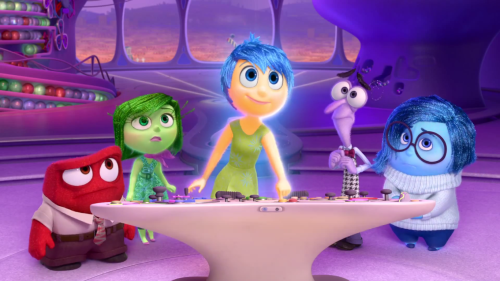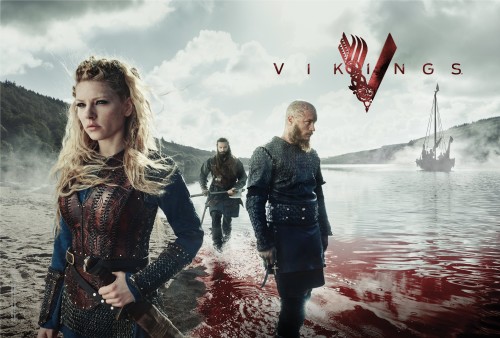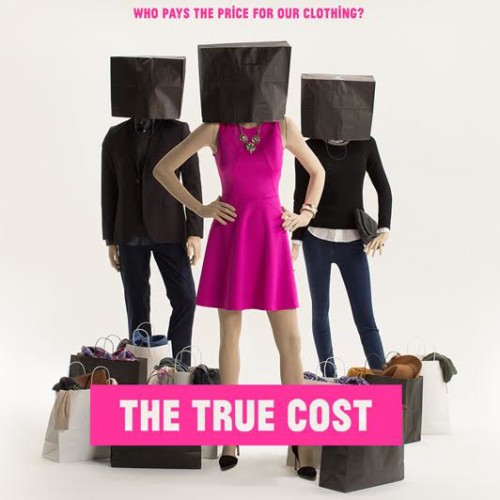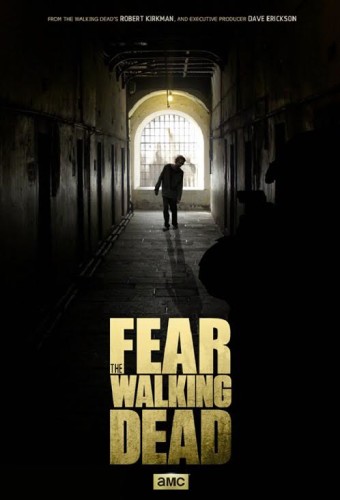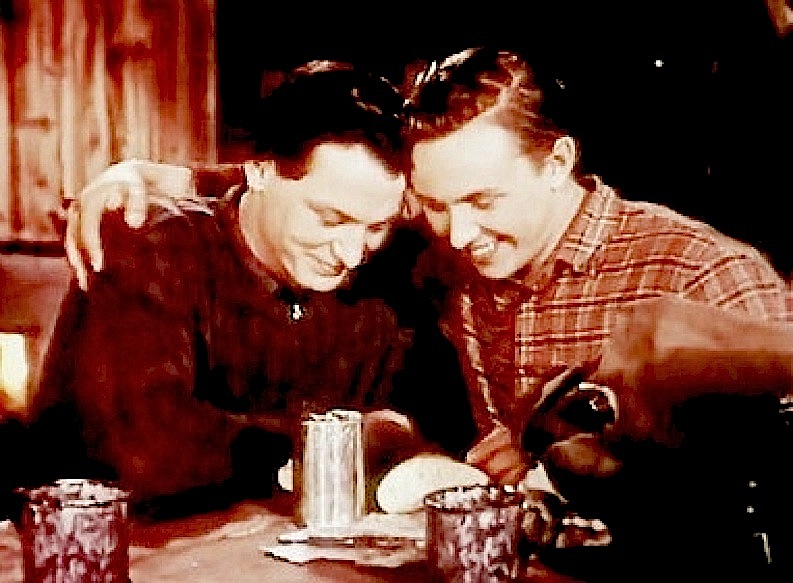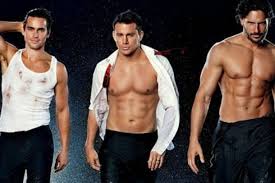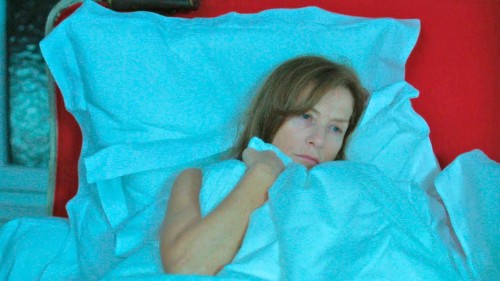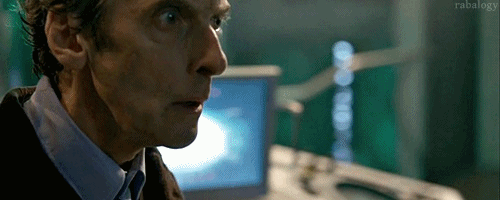
“If the Socialism is Authoritarian; if there are Governments armed with economic power as they are now with political power; if, in a word, we are to have Industrial Tyrannies, then the last state of man will be worse than the first… Over the portal of the new world, ‘Be thyself’ shall be written.” – Oscar Wilde
Oscar Wilde’s polemic “The Soul of Man under Socialism” offers a prophetic warning about authoritarian tendencies in socialist philosophy, and the need to safeguard individualism, as Wilde attempted to reconcile his belief in social equality with the protection of minority opinion and divergent personalities. The philosophies of Karl Marx advocated radical equality, including gender equality, but through imposed conformity rather than equally accepted diversity. For gender equality, this meant achieving conformity of the sexes by abolishing the female domestic sphere, not integrating it, and by rejecting emotionalism in women, not promoting it in men. The female ideal created by Soviet artists like Vera Mukhina was a distinctly muscular, masculinized one.
If masculinizing the Soviet Superwoman was state orthodoxy, feminizing the Soviet Superman was subversive rebellion. The rejection of appeals to include gay rights in the socialist agenda dates back to Marx and, particularly, to the homophobia of Friedrich Engels. Personal distaste and pointed silence became political persecution and erasure in 1933, when Stalin outlawed homosexuality as “bourgeois deviation” punishable with five years in prison camp (ironically, McCarthyism would stigmatize homosexuality as socialist subversion).
Problem Child – 1954

Tatyana Lukashevich directed at the height of Socialist Realism, a form that placed limitations on style (realism), genre (relentlessly optimistic musicals and romantic comedies, or anti-capitalist propaganda), and theme (the glorification of collective labor). As such, her work is usually dismissed by Western critics as mindless state ideology. But there is passionate individualism striving against her Stalinist limitations. More than any filmmaker of her era, Lukashevich’s work expresses the pain of Soviet suppression of femininity. In The Foundling (1940), a lonely geologist is tempted to adopt a lost little girl, the film dwelling sympathetically on his longing for family and the emptiness of a life dedicated only to work. Written by Agnia Barto and Rina Zelenaya, and directed by Lukashevich, this entirely female-authored film harnesses a man to express its sharpest parental urge. In musical comedy Wedding With A Dowry (1954, mistranslated as “Bride With A Dowry”), scripted by Lukashevich herself, the top workers of rival Kolkhozes (collective farms) are a woman and a man in love. They almost break up over their rivalry as workers, before realizing that that rivalry has created a record-breaking harvest (the joint dowry of the wedding). The film criticizes the role of male insecurity in undermining female talent.
Perhaps Lukashevich’s most interesting film is Problem Child (the Russian title is a pun between “Certificate of Education” and “testimony of maturity”). Problem Child‘s antihero, Valentin, advocates an Individualism remarkably similar to Wilde’s in “The Soul of Man Under Socialism.” Valentin relishes poetry, aesthetics and daydreaming, while shirking manual labor and conventional masculinity. In the film’s Komsomol (Communist Youth) masquerade ball, Valentin arrives costumed as a long-haired Demon, standing on a comrade’s shoulders to tower symbolically above his peers. His costume is revealing: 19th century Romantic Mikhail Lermontov wrote Demon to portray a scorned outcast of heaven, but one who is a sexually magnetic rebel. The appeal of Vasily Lanovoy’s charismatic Valentin is essential to Problem Child. To justify his existence as a character in Stalinist film, he must suffer a public denunciation by his peers for egoism, and be proposed for expulsion from the Komsomol by his best friend, Zhenya (short for Evgeny). The viewer must endure a lesson about Great Lenin’s Komsomol philosophy. Yet the film remains subtly ambivalent about Valentin’s punishment; his accusers are nasal and visibly jealous, and Zhenya’s own mother reproaches him for denouncing his friend: “How could you? … you think shockingly little of each other… it’s no good.”

Modern fans celebrate the relationship between Valentin and Zhenya as “slash” and “the Soviet Brokeback Mountain,” highlighting the role of its female writer, Liya Geraskina, and director Tatyana Lukashevich, in frankly eroticizing the Soviet ideal of brotherly comrades. Taking shelter in a deserted cabin, after a dangerous mountain descent, a soaked Valentin averts his eyes and sighs, “When we descended the mountain, it seemed to me there were only us two in the world,” before his eyes roam Zhenya’s face and linger on his lips, he tickles his nose and the two giggle and hug. Waiting to give a bouquet to his female love interest (Zhenya’s sister), he tells Zhenya blushingly, “I’m revealing the greatest treasure to you. I deeply love…” “Who?” Zhenya demands. Valentin laughs self-consciously (and ambiguously), “What do you mean, who? You, of course!” At the masquerade ball, another boy tries to lure Valentin away with him to “a house he knows,” while one of their peers sneers “look what a tender friendship! Quite the pair – a goose and a loon!” Censors could not risk perceiving homoerotic subtext in such moments, lest they themselves be accused of perverted imaginations.
The Komsomol’s crushing persecution and expulsion of Valentin’s “egoism” can easily be read as a coded persecution of his homosexuality. Just as The Foundling uses a man to express its sharpest parental urge, so Problem Child harnesses a man to express stereotypically feminine romantic tenderness, dissociating its heroine from the stigma of excessive femininity. We can only speculate how it was received by closeted viewers in rural regions of the Soviet Union.
[youtube_sc url=”https://youtu.be/NDLsL2dbrk4″]
Sayat Nova (The Color of Pomegranates) – 1969

“In the USSR, it’s impossible for a person not to be intimidated. But all the same, they didn’t intimidate Parajanov. He is perhaps the only one in his country who embodied the saying: ‘if you want to be free, be free.'” – Andrei Tarkovsky
The bisexual Armenian-Georgian director Sergei Parajanov, who had Ukrainian and Tatar wives, was inspired by the creative freedom of Andrei Tarkovsky’s Ivan’s Childhood to break away from Socialist Realism and create his own unique style, fusing lush camp with mystical symbolism and the cultural distinctiveness of the USSR’s ethnic minorities. His first film in this new style was 1965’s Shadows of Forgotten Ancestors, set in the Hutsulian culture of the Ukrainian Carpathians. His second, The Color of Pomegranates (original title: Sayat Nova) dispensed with narrative altogether, to create an idiosyncratic visual meditation on the writings of medieval Armenian poet Sayat Nova. Already convicted of homosexual acts with a KGB officer in 1948, the international success of Parajanov’s new style led to a playful interview in a Danish magazine, in which he claimed to have given sexual favors to 25 Communist party members. He was sentenced to five years’ hard labour for “the rape of a party member” and “propagation of pornography” in 1973. Andrei Tarkovsky and Lilya Brik were among the Soviet artists who campaigned for his release. In prison, Parajanov created hundreds of drawings and collages, now displayed in the Parajanov Museum in Yerevan, Armenia. His monument in Tbilisi, Georgia, is based on an iconic photograph of the director leaping, as if to take flight, reminiscent of Mikhail Kuzmin’s 1906 novel Wings, which compares its hero’s acceptance of his homosexuality to growing wings.

Released from prison after four years of petitioning, Gorbachev’s glasnost allowed Parajanov to produce two more films, 1985’s The Legend of Suram Fortress, set in Georgia, and 1988’s Ashik Kerib, set in Azerbaijan. Both take place in a vivid and stylized past, like Sayat Nova and Shadows of Forgotten Ancestors. Our tendency to describe Vladimir Putin’s anti-gay laws as “medieval” is misleading; medieval Russia was remarkably tolerant of gay culture, while gay themes were unusually prominent in pre-revolutionary Russian literature. The role of Marxist ideology in fostering state homophobia in Russia may be compared to the Marxist publication Molla Nasreddin and its role in stigmatizing traditional homoeroticism in Iran as “cultural backwardness” and “elite decadence.” To varying degrees, the same was true of many cultures in Parajanov’s native Caucasus Mountains, which stretch between Russia and Iran, with entire ethnic groups persecuted and deported under Stalin. The relentlessly progressivist rhetoric of Soviet homophobia fostered the link, perhaps counterintuitive to our eyes, between nationalist conservatism and camp radicalism that is observable in Parajanov’s films, conflating ethnic and sexual minority politics. In Sayat Nova in particular, the film’s symbolic meditations on love, wisdom, religion and death – “I am a man whose life and soul is torment” – are accompanied by experimentations in gender bending. Parajanov presents his Georgian actress, Sofiko Chiaureli, in a variety of guises, including both the poet as a young man and the poet’s mother. Cutting hypnotically back and forth between Chiaureli’s masculine and feminine forms, between a woman’s spinning and a man’s reading, a skull and a rose, Parajanov creates a subversive aesthetic of gender fluidity and male femininity.
[youtube_sc url=”https://www.youtube.com/watch?v=xZwhS_b4Df4″]
The Light Blue Puppy – 1976

The Light Blue Puppy is an adaptation of Hungarian author Gyula Urban’s children’s book about a bullied and rejected black puppy, who acts as a metaphor for the USA’s treatment of African Americans (the official anti-racism of the USSR attracted African American intellectuals such as Paul Robeson and Langston Hughes, though ordinary Russians were frequently racist, despite the Black ancestry of Russia’s beloved national poet, Alexander Pushkin). The cartoon’s writer, Yuri Entin, altered the puppy’s color from black to a “nontraditional” light blue (“nontraditional orientation” is the conventional Russian euphemism for homosexuality). It was apparently after the cartoon’s appearance that “light blue” (goluboi) became standard slang for gay, though it’s unknown how far The Light Blue Puppy influenced this. To those who interpret his “hymn to tolerance” as a satire of homosexuals, Yuri Entin responds, “It’s literally hitting below the belt. I have a huge amount of acquaintances of non-traditional orientation, they are wonderful people that I have the very tenderest relations with. And so I would never have allowed myself to mock them.” (Russian-language source) By transforming the puppy’s stigma from race to male femininity, if not homosexuality (the male puppy is voiced by actress Alisa Freyndlikh, and rescued by a frankly feminized sailor), Entin converted anti-American propaganda into an edgier metaphor for Soviet oppressions. His pink sailor attacks with flowers, recalling Portugal’s pacifist, pro-democracy Carnation Revolution.
[youtube_sc url=”https://www.youtube.com/watch?v=To2csb4eK-o”]
Children’s entertainment became a vehicle for subversion in Russian culture, not only because it wasn’t taken seriously, but because it was permitted fantasy and symbolism. The avant-garde surrealist Daniil Kharms, blacklisted for bitterly surreal satires of Stalinist dehumanization, found refuge in writing twisted children’s literature like a Russian Roald Dahl, before finally starving to death on a psychiatric ward. In the 1970s, when Vladimir Vysotsky circulated tapes of songs about the Stalinist purges and gulags, authorities regularly banned his concerts and film appearances. The heterosexual Vysotsky’s reunion with Parajanov, after his friend’s eventual release from prison, was reportedly tearful. Popular children’s cartoon Nu, Pogodi! (“just you wait!”) features an anti-authoritarian wolf that whistles a Vysotsky tune and is clearly based on his “bandit” persona, in a nod to Vysotsky’s individualist anthem “Wolf Hunt.” The Light Blue Puppy must be read as part of this tradition of coded cartoon subversion. In 2004, Russia produced its first openly queer romcom, You I Love, but current laws against gay propaganda look like a setback toward symbolism. Life, uh, finds a way.
[youtube_sc url=”https://www.youtube.com/watch?v=ROmlFJamIuY”]
Individualists of the world, unite! Or don’t. Up to you.
Brigit McCone studied for a year in Moscow State University, writes and directs short films and radio dramas. Her hobbies include doodling and melodramatically declaiming Lermontov.






